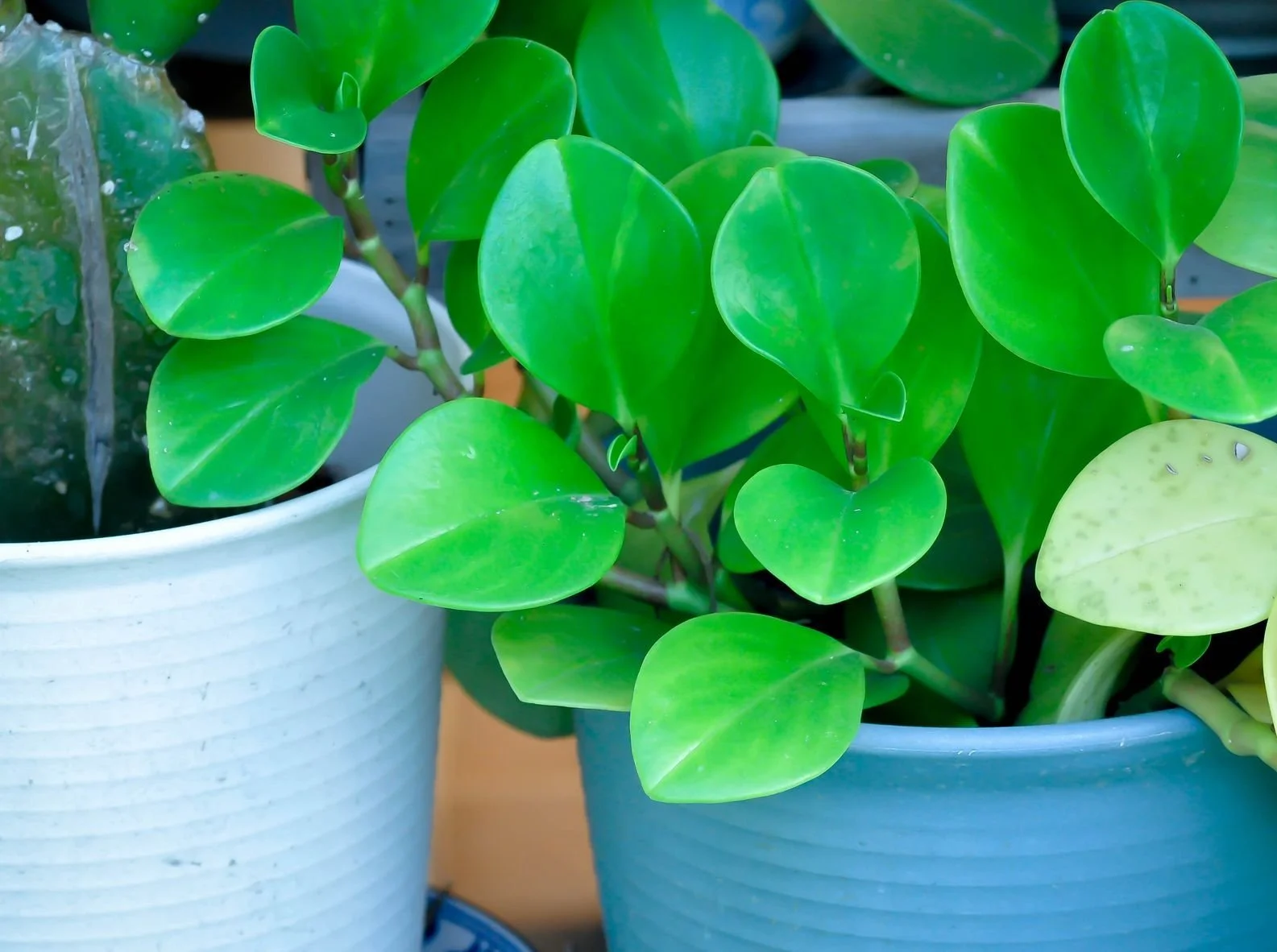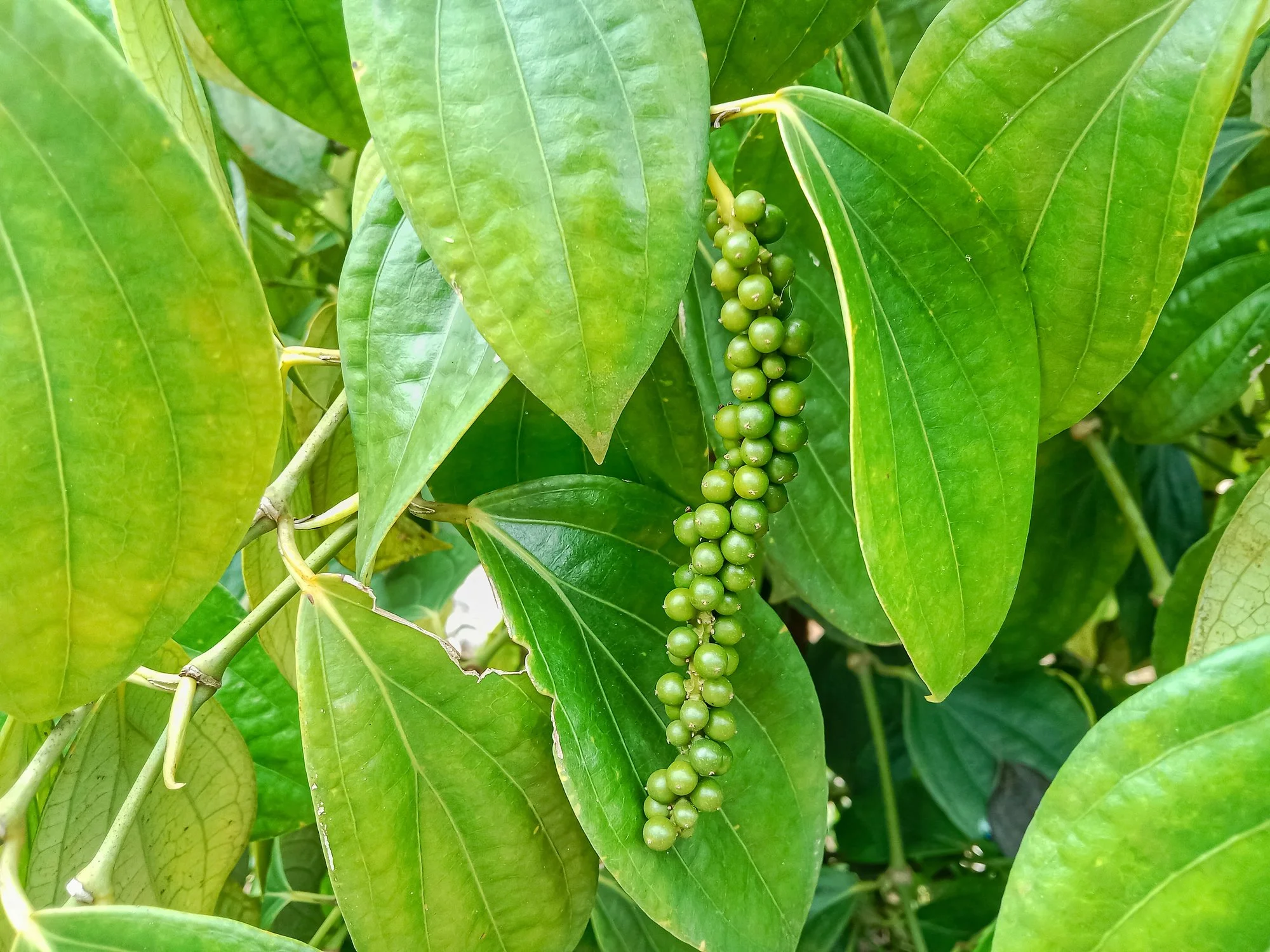Windows and Crystals- The intrigue of the succulent Prayer Pepper, aka Peperomia dolabriformis
Fig 1: Peperomia dolabriformis aka prayer pepper. As an adaptation to the intense sunlight in its native range, the leaves of this plant have a translucent window at the top as well as strategically placed crystals in their interior cells. (Photo credit: iStock)
There is a window, or rather, a skylight, in the ceiling to let in the life-affirming sunlight. There are crystals scattered around, thoughtfully placed to reflect and disperse the warm rays of the sun. Am I talking about the interior design of my newly-opened wellness center? Hardly. I just described to you the internal structure of a humble leaf of Prayer Pepper, aka Peperomia dolabriformis, the unassuming succulent lying forgotten on your corner table. Let’s pull the pot closer and have a look. The leaves look half-folded. But the most prominent feature of these leaves is the presence of a translucent layer on top. This ‘leaf window’ or ‘epidermal window’ is the characteristic feature of ‘window plants.’ Prayer pepper belongs to the subgenus Fenestratae; ‘fenestra’ (‘window’ in Latin) refers to the characteristic leaf window. The plants belonging to this subgenus typically grow in the Peruvian Andes and are exposed to intense sunlight and periodic drought [1]. The succulent leaves act as water reservoirs, while also limiting the water loss occurring through transpiration. There is a catch though. The low surface area to volume ratio of succulent leaves, though helpful in reducing transpirational water loss, also reduces the surface area available for photosynthesis. Here comes the ‘leaf window’ to the rescue! This window is made up of translucent tissue, which allows the sunlight to filter through and reach the photosynthetic cells located deep inside the leaf, without burning the latter to a cinder 😊. Ok, that’s a strong phrase to use, though still, a naked leaf surface exposed to direct, intense sunlight runs the risk of being inflicted with serious damage. However, the leaf window can do only so much to deflect the existential threat posed by the baking sun. If too much sunlight filters in through the translucent window, it will overheat the leaf interior. In comes the next savior for the leaf- crystals! Glittering calcium oxalate crystals of every form- druses, prisms and crystal sand- dot the cells of the leaves. What exactly is their purpose? Scuttle away all the negative energy and bring in a sense of peace and tranquility? Well, the leaves don’t have the luxury of indulging in wellness regimes when the sun is beating down and burning their insides! The project brief for the crystals is simple—scatter, reflect or disperse sunlight; do whatever is needed to optimize photosynthesis and prevent the internal leaf temperature from bursting the thermometer. The presence of these crystals has been reported in several flowering plants, including the window-leaved Peperomia and its sister genera Piper.
Fig 2: Prayer Pepper, aka Peperomia dolabriformis (Photo credit: iStock)
Even in plants growing in low-light environments, such as Peperomia obtusifolia (aka baby rubberplant, American rubberplant or pepper face), crystals play a critical role in photosynthesis [2]. Spherical aggregates of crystals, also known as druses, are strategically placed and surrounded by chloroplasts. This arrangement has been shown to increase the efficiency of photosynthesis under low light. Even more interesting observations have been reported during the microscopic examination of the leaves of Piper nigrum, or black pepper plant. The crystal sand present inside the leaves has been shown to actively move and tumble upon exposure to white light [3]. And what exactly are the tunes that they ‘dance’ to? Phil Collins’s ‘’Dancing into the Light,’ perhaps!
Fig 3: Piper nigrum (aka black pepper plant). Under a microscope, the crystal sand present in the leaves has been shown to move and tumble upon exposure to white light. (Photo credit: iStock)
References
[1] Horner HT et al. (2016). Peruvian Window-leaved Peperomia Taxa Display Unique Crystal Macropatterns in High-Altitude Environments. International Journal of Plant Sciences. 178(2):157–167. doi: 10.1086/689281.
[2] Horner HT et al. (2012). Peperomia leaf cell wall interface between the multiple hypodermis and crystal-containing photosynthetic layer displays unusual pit fields. Annals of Botany. 109:1307-1315. doi:10.1093/aob/mcs074.
[3] Horner HT et al. (2012). A Comparison of Leaf Crystal Macropatterns in the Two Sister Genera Piper and Peperomia (Piperaceae). American Journal of Botany. 99(6): 983–997. doi: 10.3732/ajb.1200007.



